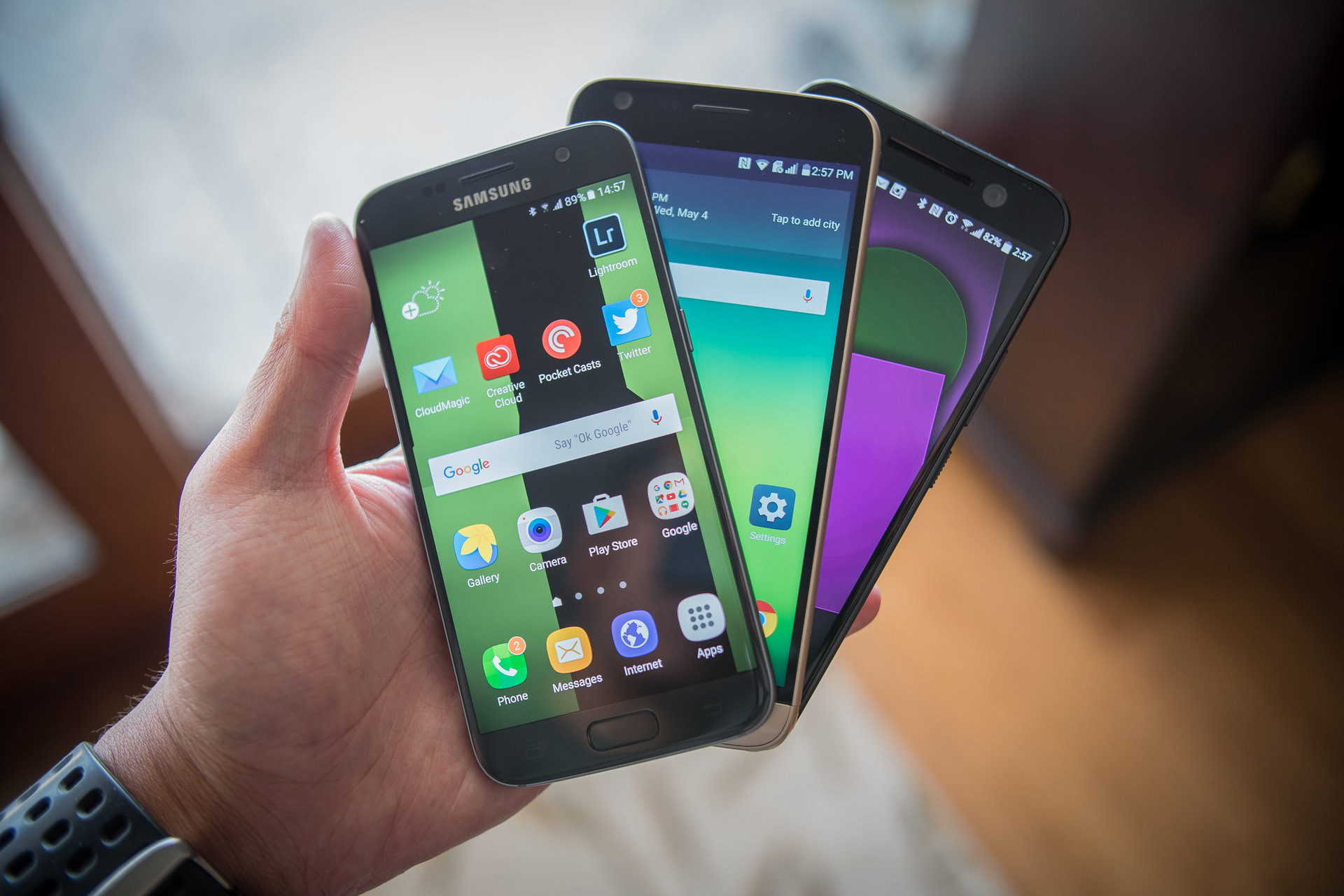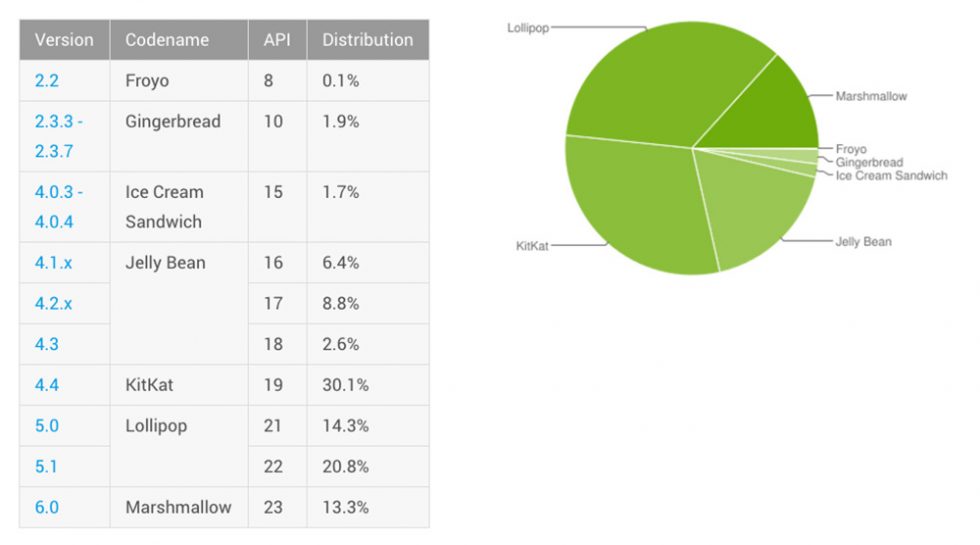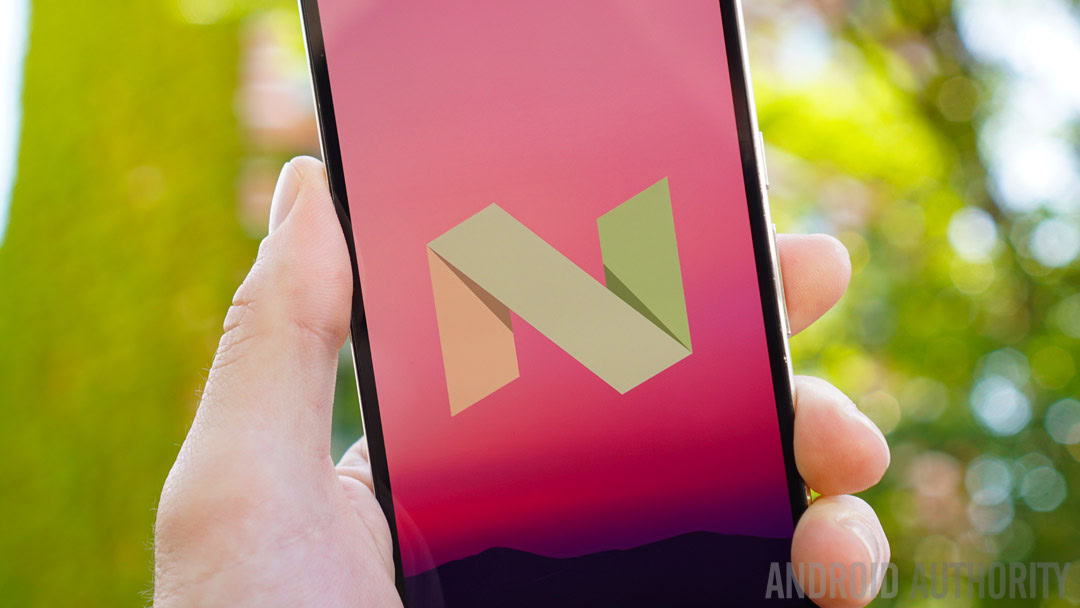Affiliate links on Android Authority may earn us a commission. Learn more.
What is Android fragmentation, and can Google fix it?

Anyone who’s owned a non-Nexus Android phone is all too familiar with the update process (or, perhaps more accurately, the lack thereof). Android fragmentation, a problem with the operating system from its inception, has only become more acute an issue over time, as more users clamor for the latest and greatest software to arrive on their phones.
“Fragmentation” may seem like a technical term that isn’t an issue for the average user, but in reality it’s not too difficult a concept to explain. The word can refer to any one of a variety of things; most often, it is used to describe the appalling number of Android versions running on consumer devices, but it also has been used to refer to manufacturers’ skins and other matters (like security patches) in recent years. In the most basic terms, fragmentation is the reason that Android devices you’ll come across continue to run years-old Froyo builds in a world where Android 7.0 Nougat has begun to make its way to a select few devices.
Why is Android fragmented?
The cause of Android fragmentation is not difficult to pinpoint. Such disparity in devices occurs simply because Android is an open-source operating system – in short, manufacturers are (within limits) allowed to use Android as they please, and are thus responsible for offering updates as they see fit. The problem here is obvious; not every manufacturer (or carrier, as we’ll get to) will remain consistent with updates, and some Android versions running on devices may be so heavily modified that updates just don’t make sense.
One big reason for fragmentation is manufacturers’ insistence on “skinning” their versions of Android – that is, offering a unique take on Android customized for a particular phone. This is why phones running MIUI will look infinitely different than a Nexus device, although both are running the same operating system beneath the visual and functional differences.

While skins appear downright egregious in some instances (though many manufacturers have moved in recent years to lighten their skins up for the sake of performance, speedier updates, and user experience), in others the reason for their existence is easy to contemplate. One easy example is the Samsung Galaxy Note 7. The phone sports an iris scanner, which stock versions of Android are not equipped to make use of. As a result, that feature had to be made unique to Samsung’s version of the operating system – and when Android updates come, Samsung will have to port iris scanner capabilities to the newer version. Inevitably, this means manufacturers will have versions of Android all over the board in terms of customization.
While it seems at this point that manufacturers deserve the blame for your phone running Kit Kat still, other factors are at play, too. One of those factors is carriers’ insistence on customizing phones – this can be as unintrusive as a boot animation, or as explicit as building specific “bloatware” apps for a particular phone. And this isn’t even the real culprit; carriers’ often excruciatingly-long processes for approving updates for Android devices are to blame for many a delayed update.
Why is this bad?

A logical question to ask is why any of this matters at all – what’s in an Android update anyway? While it’s true that OS-level updates to Android often bring nifty new features consumers are typically excited to test drive, the real issue lies in security.
Each month, Google releases a new security patch to Android, meant to guard against recently-discovered vulnerabilities in the operating system. These security patch updates typically come bundled in each OS update (read: not so frequently at all). What that means is, if you’re rocking Android Gingerbread still, your device is without a doubt vulnerable to a whole litany of exploits.
Even for phones manufactured just this year, this problem is a real one. Because of the monthly nature of security patches, if I bought a phone in June this year and it had the June security patch installed out of the box, I’m at this point probably vulnerable to everything that got patched in the July and August security updates. By extension, this means nearly all Android devices are vulnerable to exploits known at least internally within Google.
So can Google fix it?

There’s no easy solution to fragmentation. Google has, in recent years, moved to deal with fragmentation by decoupling many core features of Android from the OS and instead moving to update them through the Play Store. Apps like Contacts and Phone, for many devices, don’t require full-on US updates to get a bug patch anymore, because Google can just issue a fix over the Play Store.
The company has also been working to promote Play Services as a means of doling out mission-critical security patches, as this can now also be updated independently of the OS as a whole. And in Android Nougat, Google appears to have separated many of the core features of Android from manufacturer add-ins and customizations on the back-end – in theory, this allows the underlying operating system to be updated with a lot less trouble (in the pre-Nougat world, Android was treated basically as one holistic unit). Google is also working to release more developer previews for maintenance builds of the OS. These are all small items, but together they do allow for a better landscape than Android versions past.
There’s no easy solution to fragmentation.
While these are important strides in moving towards a solution, the fact of the matter is that Google’s commitment to being open to manufacturers is one that will never bode well with a perfect updates solution. And another thing to note is that there hasn’t been much a movement for Google to arrive at a solution – Android isn’t, by any means, losing steam, and users haven’t exactly grabbed pitchforks and showed up to Mountain View demanding change.
It’s possible that Google could limit manufacturers more – get Android security patches out for devices less than 18 months old within two weeks, for example, or face the consequences of not being able to have access to Android anymore. Or maybe, embracing more “vanilla” builds of Android could result in benefits such as being featured by Google (the return of the Google Play Edition wouldn’t be frowned upon by anyone here, either). But in Google’s current world, there will always be that iris scanner holding things back.
If you want both Android and quick updates keeping you on top of security patches and the latest and greatest features, going Nexus is your only route as of now – and it’ll likely be a while before Android changes under-the-hood enough to alienate the problems.
So is this all a real issue for most users? It depends on who you ask. If security and reasonably timely updates are important to you, your choices are to go Nexus, as mentioned already, or to carefully research a brand/model before buying to see what their track record is for updates. And of course, generally flagships tend to be much more timely with updates than mid-rangers and entry phones.
Do you think being truly open source is worth the tradeoff in fragmentation? Do you consider this fragmentation a real issue or one that’s largely exaggerated? Drop us your thoughts down in the comments section; we’d love to hear your opinions — especially if you have any creative ideas for ‘solving’ fragmentation that haven’t been considered.
*Feature by Rithvik Rao*